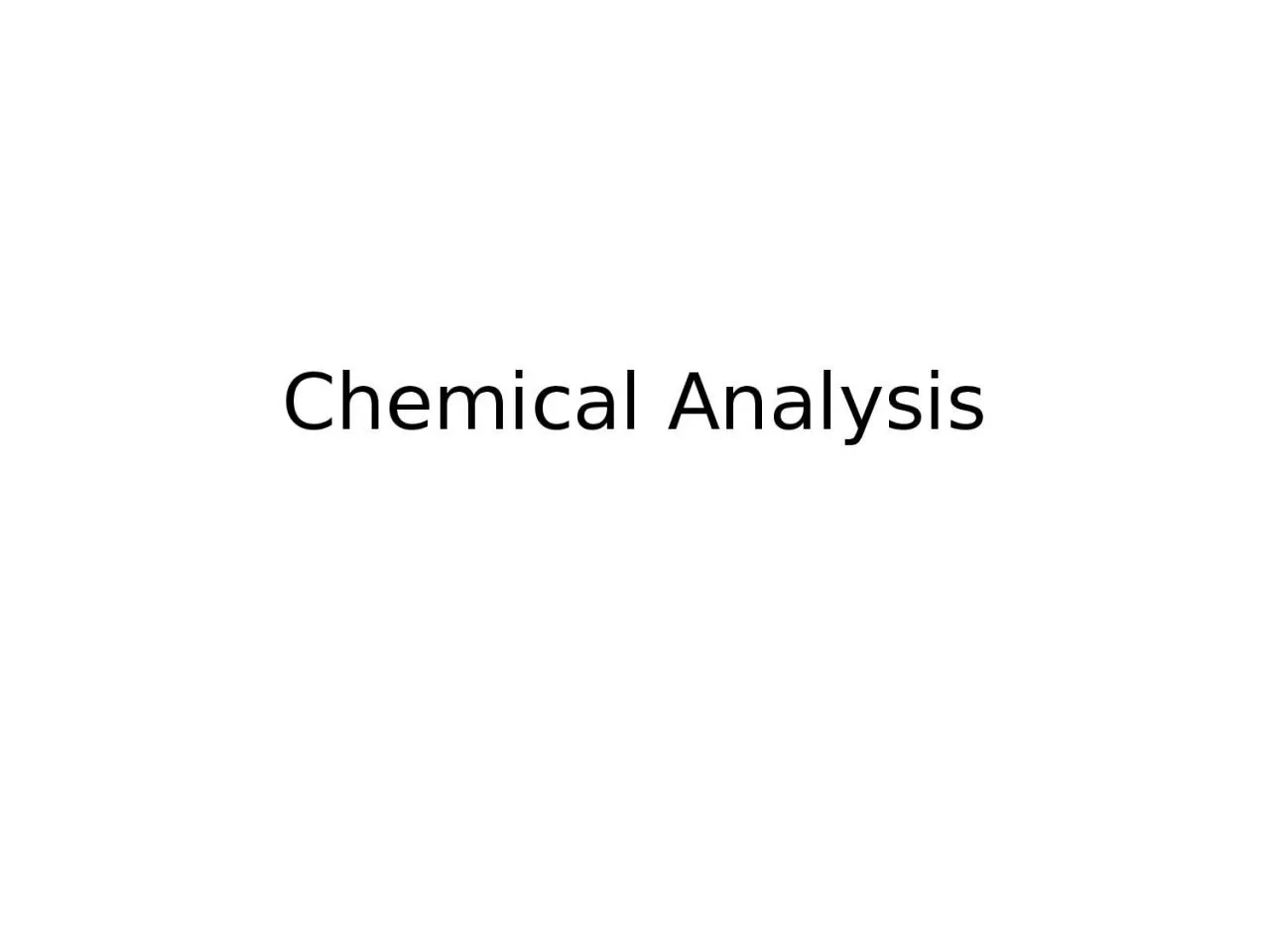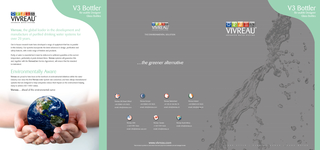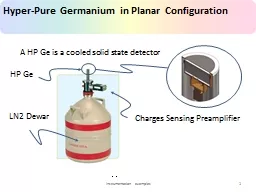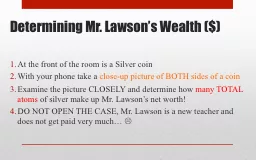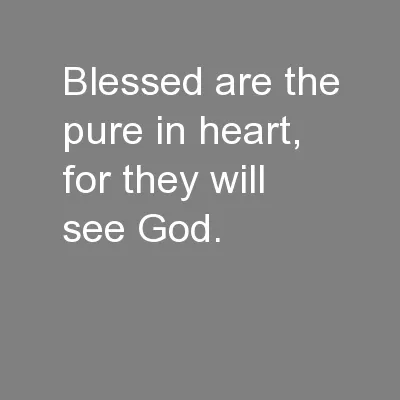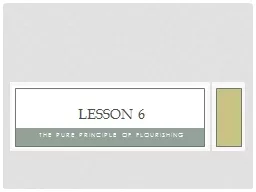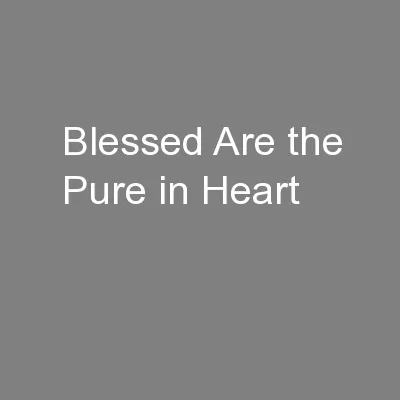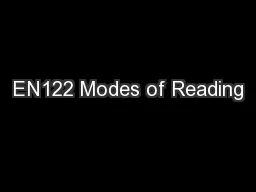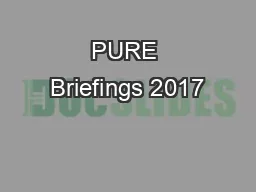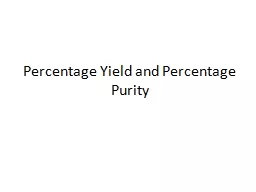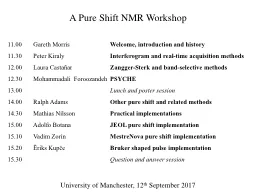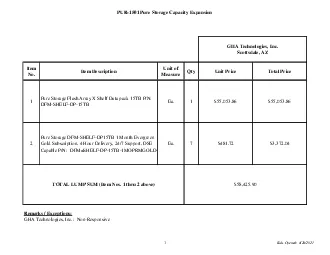PPT-Chemical Analysis Pure and impure
Author : eloise | Published Date : 2024-01-03
In everyday life a pure substance is one which has had nothing added to it like milk An impure substance would be one with other things added like chocolate milk
Presentation Embed Code
Download Presentation
Download Presentation The PPT/PDF document "Chemical Analysis Pure and impure" is the property of its rightful owner. Permission is granted to download and print the materials on this website for personal, non-commercial use only, and to display it on your personal computer provided you do not modify the materials and that you retain all copyright notices contained in the materials. By downloading content from our website, you accept the terms of this agreement.
Chemical Analysis Pure and impure: Transcript
Download Rules Of Document
"Chemical Analysis Pure and impure"The content belongs to its owner. You may download and print it for personal use, without modification, and keep all copyright notices. By downloading, you agree to these terms.
Related Documents

